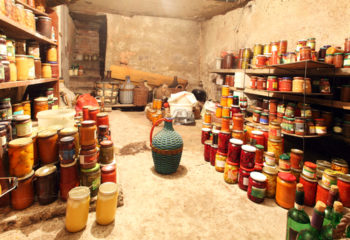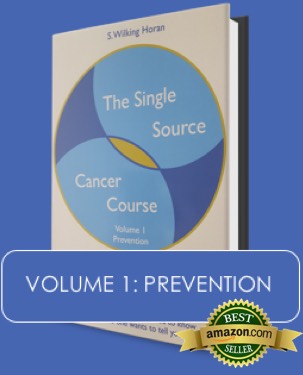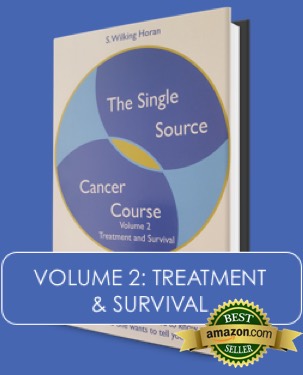 FOOD SAFETY – THE BOTTOM LINE
FOOD SAFETY – THE BOTTOM LINE
Hello everyone and Welcome to another WHAT’S ON THE MENU MONDAY.
The last several weeks have been tumultuous for so many around the world. And, unfortunately, this year’s natural disasters are continuing with even more earthquakes and flooding being reported AND more hurricanes being tracked over the Atlantic.
Of course, one of the most important factors in any emergency is having safe food to eat. But, even if we’re not facing an emergency it’s essential to understand THE BASICS OF FOOD SAFETY.
For example, do you know what the “Sell By,” “Use By” and “Expiration Date” on food items really mean? Do you know which foods can survive a power outage? Do you know how long it takes before foodborne bacteria forms on refrigerated items?
Well, neither did I. But, as a survivor of three different cancers, eating well and safely is essential to my overall health and continued wellbeing. I’ve had to make it my mission to find out everything I could about the foods I consume. But, even if you’re not living with or recovering from a serious illness, knowing the basics of food safety is essential for overall wellbeing.
So, today we’re going to share some BASIC INFORMATION from which everyone can benefit. Whether you’re facing an emergency or natural disaster – or just trying to keep your pantry fresh, safe and up to date – these tips will help you accomplish your food safety goals.
First up: JUST WHAT DO STAMPED DATES ON FOOD ITEMS MEAN?
1) SELL-BY DATE. This date refers to the last day the retailer can keep the food item on the shelf for sale to the public. HOWEVER, a product is usually SAFE TO EAT after this date as long as it’s properly refrigerated.
2) USE-BY DATE. This date refers to the last day a food product will have optimum freshness, flavor and nutrition. After this date, the product will begin to deteriorate – although it may still be edible.
3) EXPIRATION DATE. This date means exactly what it says. If a food product has reached its expiration date, toss it. It’s simply not edible and could present a health problem.
Second Up: CANNED GOODS AND SAFETY.
1) Canned goods typically have an Expiration Date. If the product has reached this date, throw it out.
2) Any can that has a dent or bulge in it also should be tossed as either may present a sign of foodborne illness.
3) Canned foods that are high in acid like tomato products, pickles or citrus fruits can last 12-18 months after the SELL-BY DATE if left unopened.
4) Canned foods that are low in acid like peas, carrots or beans can last 2-5 years after the SELL-BY DATE if left unopened.
5) Canned goods should always be stored away from light in a dark pantry or drawer to avoid the natural chemical reactions that light can trigger.
Third Up: FOOD SAFETY AFTER A POWER OUTAGE.
1) When refrigerated or frozen foods become too warm, food-borne bacteria can grow. Accordingly, keep the fridge door and freezer closed tightly as much as possible.
2) If the power is out in your home for 2 hours or less, both refrigerated and frozen foods will remain safe to eat.
3) If you know a power outage is possible, place a cup of frozen water with a quarter on top of it in the freezer. When you return, if the quarter is still on top of the frozen water OR in the middle of it, your food will be safe to eat. If, on the other hand, the quarter is on the bottom of the cup, it means the power was out for a longer period of time and you should toss the contents of your freezer and fridge.
4) If you’re unsure of your refrigerated food items, grab your food thermometer. If the food item has a temperature above 40%, throw it out as it may be unsafe. If the temperature is under 40%, the food is still safe to consume.
5) Remember, a full freezer will keep food frozen safe twice as long as a freezer that’s half full.
Fourth Up: SNACKING SAFELY.
1) To begin, most snacks contain a fair amount of preservatives. While this may not be great for your diet or waistline, it’s great for extending the shelf life of food items and keeping them safe for consumption.
2) Crackers and pretzels can last up to 9 months after their purchase date unopened.
3) The salt and preservatives in potato chips can keep a bag of chips fresh and safe 2 months after the purchase date.
4) Packaged cookies will last 6 to 9 months after purchase.
5) And popcorn, which is one of the longest lasting snack foods, will last 1 to 2 years on the shelf of your pantry.
Now, while these foods may not be the best for our regular diet, they are a quick and easy choice in an emergency that will keep our energy up and our tummies full.
Last up: BEVERAGE SAFETY.
1) Canned soda will remain safe and flavorful in storage for 9 months after the Use-By date on the package. After that, it will still remain safe for drinking, but not particularly flavorful.
2) Beer will last for 4 to 6 months after the Use-By date. After that, like soda, it will be safe to drink but will lack flavor.
3) Bottles of water typically have a Use-By date of 2 years. But, bottled water does not contain nutrients so pathogens that cause food-borne illness cannot grow. As a result, a bottle is safe to drink as long as it remains unopened.
4) Once a bottle of water is opened, however, you should use it to hydrate the garden — not you. 🙂
Eating right is beneficial for anyone. Eating safely is essential for everyone. So, please keep these tips under your hat and in your awareness. They’ll go a long way in protecting your health and the health of your loved ones.
Once again, thanks for joining me everyone. Until next time stay in GOOD HEALTH and . . .
TAKE THE COURSE AND TAKE CHARGE!
Helpful Links:



Leave a Comment